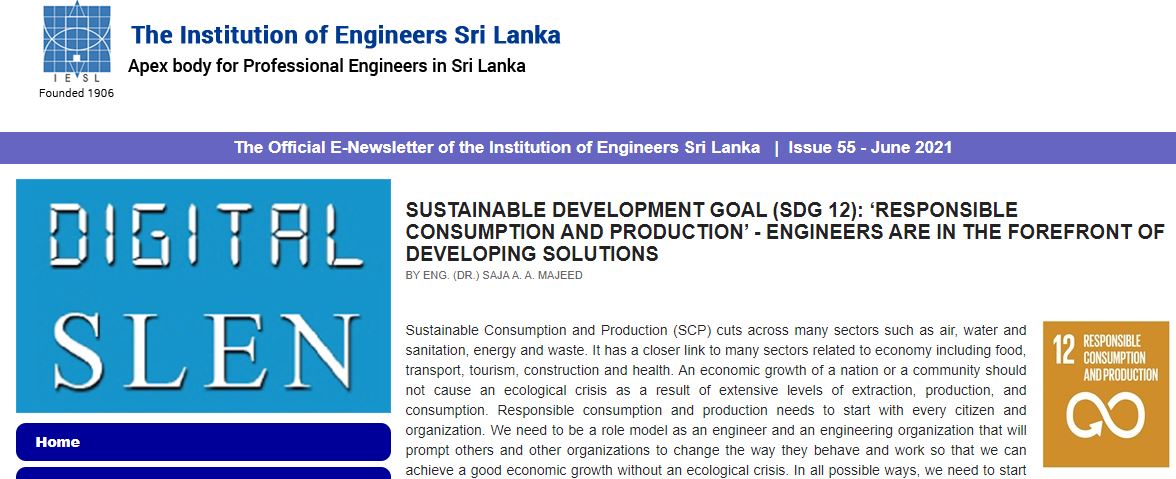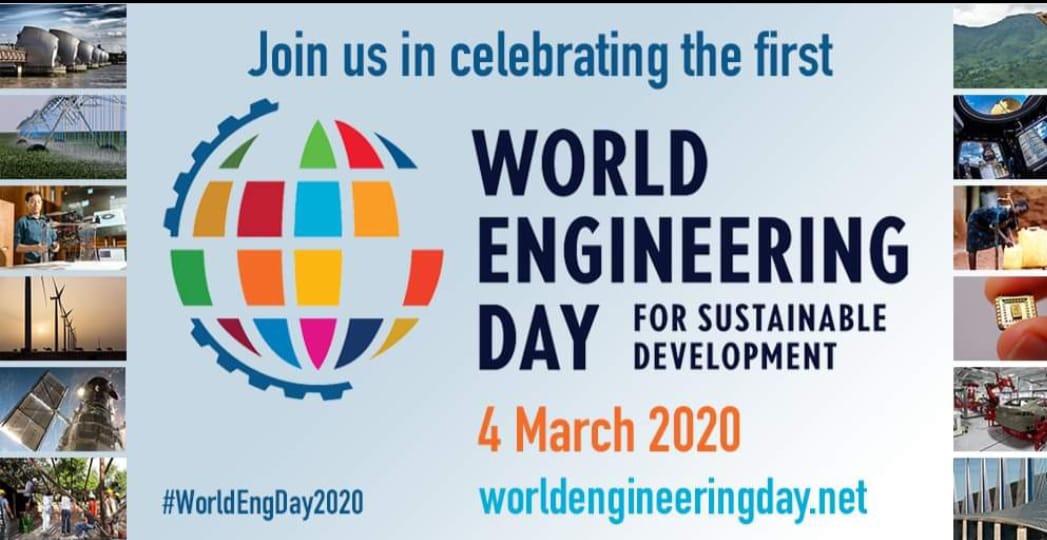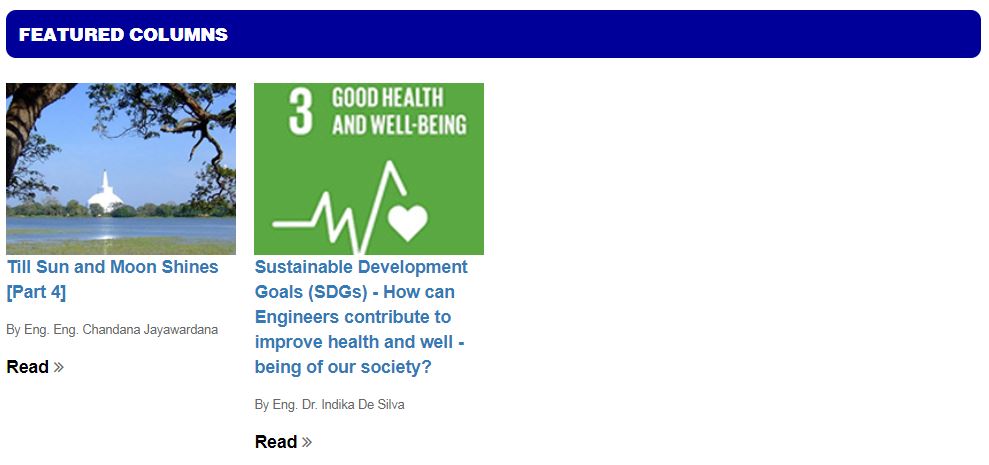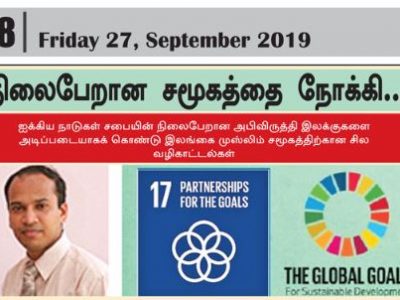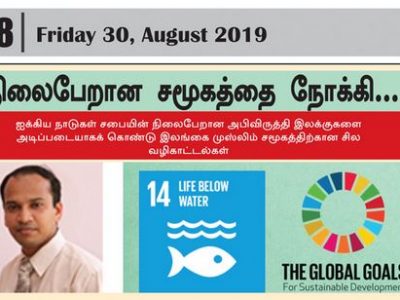Post Conflict Development – The importance of Linking Relief, Rehabilitation and Development (LRRD)
LRRD is a strategic framework within which relief aid instruments can be made to work better together to achieve continuity, coherence and cost-effectiveness.
- Provide assistance to victims of crises in areas of conflict
- Save and preserve life during emergencies and their immediate aftermath
- Provide relief to people affected by longer-lasting crises
- Carry out short-term rehabilitation and reconstruction work
The development should ensure preparedness for future natural disasters risk
- LRRD needs close coordination and information exchange between humanitarian and development aid services from the design stage to the implementation of operations.
Humanitarian perspective
- LRRD reduces the risk of relief aid dependency.
- LRRD provides the framework to phase in appropriate medium and long term development opportunities
- LRRD helps to mainstream humanitarian concerns into development policy and planning.
Development perspective
- LRRD restores local ownership
- LRRD gives a higher priority to local capacity building
- LRRD helps to restore confidence as long term development planning replaces short term emergency aid.
Contributed by – Eng. Aslam Saja
